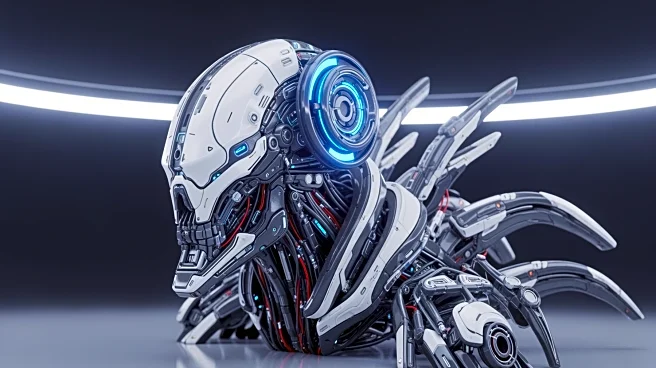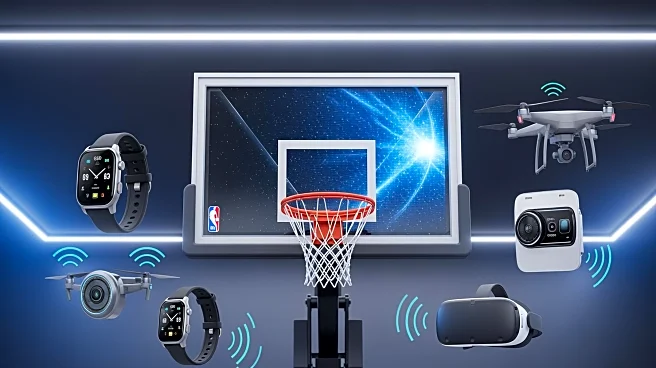What's Happening?
Hideo Kojima, renowned for his innovative contributions to gaming, has collaborated with exoskeleton maker Dnsys to create a real-life exoskeleton inspired by the Death Stranding game series. This exoskeleton,
designed with input from Kojima Productions art director Yoji Shinkawa, aims to bring the futuristic vision of the game into reality. The device claims to offload up to 200% of the wearer's body weight from the knees and features intelligent gait control to improve balance. It promises to enhance hiking and vertical movement capabilities, offering users 50% more power in their steps. The exoskeleton is set to be available for purchase on December 2, with pricing expected to exceed the base model's cost of $1,500.
Why It's Important?
The introduction of the Death Stranding exoskeleton highlights the intersection of gaming and real-world technology, potentially transforming mobility for users with physical limitations. While the device is marketed as a high-end cosplay accessory, its underlying technology could have significant applications in healthcare and rehabilitation, offering improved quality of life for individuals with mobility challenges. The collaboration between Kojima Productions and Dnsys underscores the growing trend of integrating gaming aesthetics with practical technology, which could influence future developments in wearable tech.
What's Next?
As the exoskeleton becomes available, consumer reactions and reviews will likely shape its market success. The device's performance in real-world scenarios will be crucial in determining its viability beyond a novelty item. Additionally, advancements in exoskeleton technology could prompt further collaborations between gaming companies and tech manufacturers, potentially leading to more accessible and affordable mobility solutions.
Beyond the Headlines
The development of the Death Stranding exoskeleton raises questions about the ethical implications of marketing medical-grade technology as entertainment. It also highlights the cultural impact of gaming on technological innovation, suggesting a shift towards more immersive and interactive experiences that blur the lines between virtual and physical realities.











